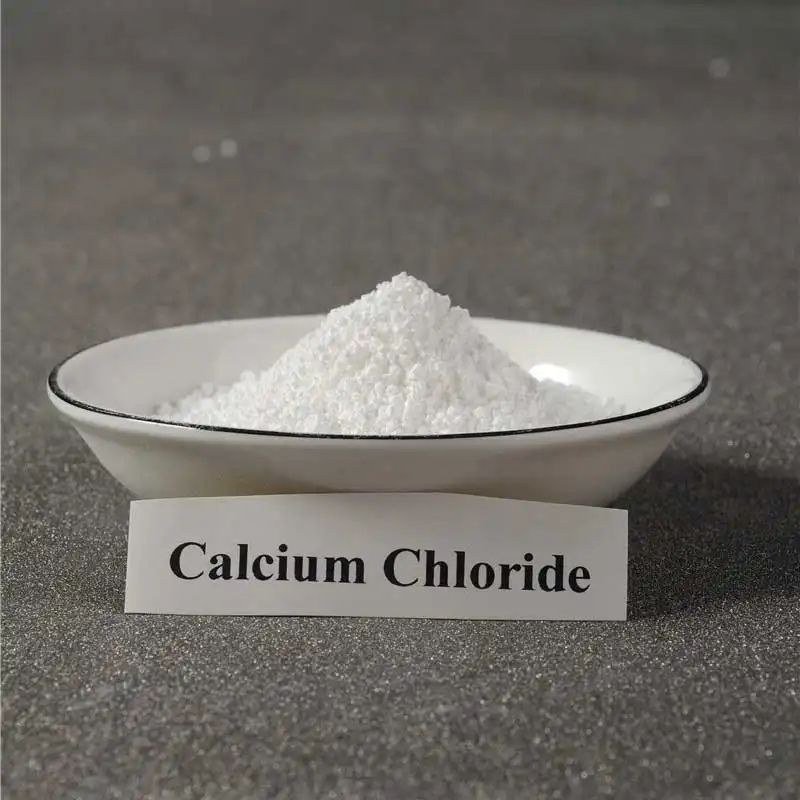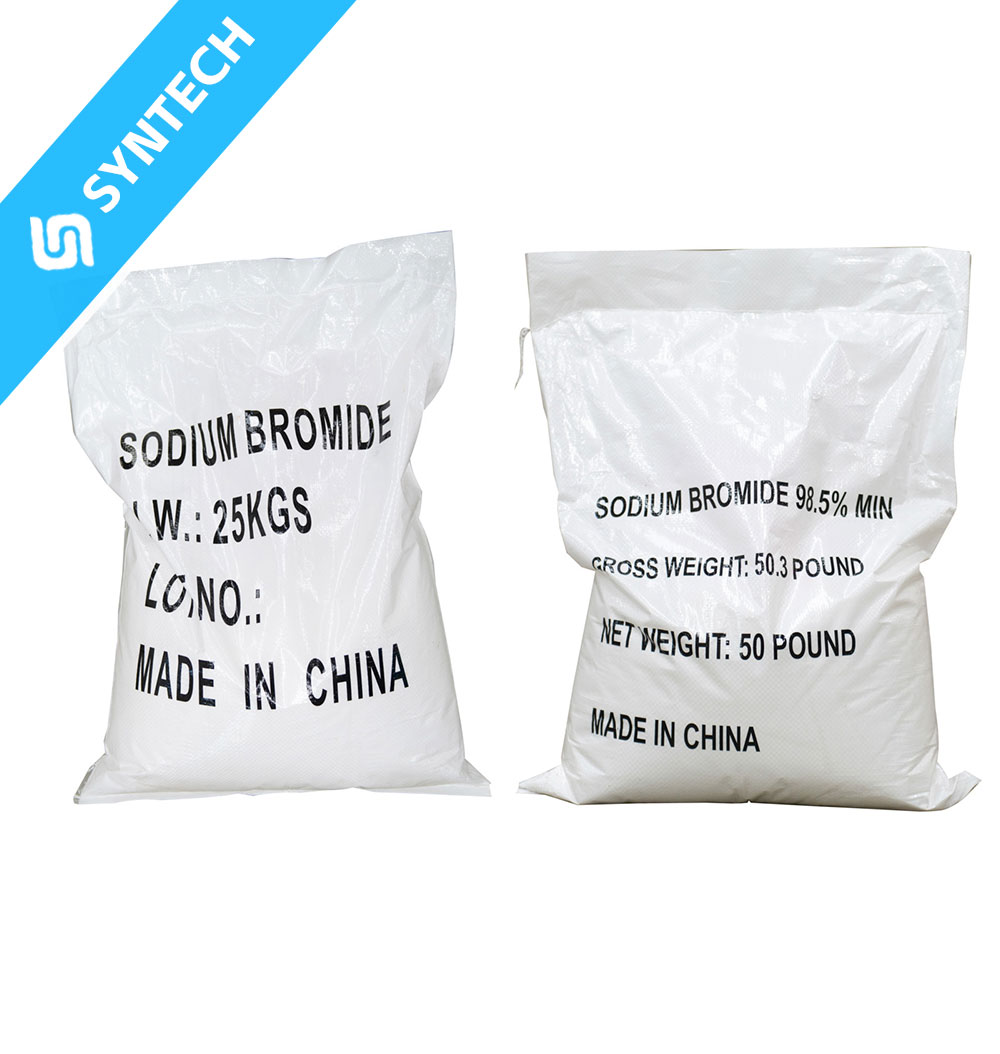Sodium bromide (NaBr) is widely used in the oil and gas industry, primarily in drilling, completion, and workover fluids due to its high-density brine properties and compatibility with downhole conditions. Below are its key applications:
1. High-Density Brine Fluids
NaBr is dissolved in water to form clear, heavy brines used in well completion and workover operations. These brines serve several purposes:
- Density Control: NaBr solutions can achieve densities up to 12.5 lb/gal (1.5 g/cm³) when mixed with other bromides (e.g., calcium bromide). This helps balance formation pressure and prevent blowouts.
- Non-Damaging to Formations: Unlike solid weighting agents (e.g., barite), NaBr brines are solids-free, reducing the risk of formation damage.
- Compatibility with Sensitive Formations: Less corrosive than chloride-based brines, making them suitable for wells with reactive shales or salt zones.
2. Completion & Workover Fluids
- Perforation & Well Cleanup: NaBr brines are used during perforation and well completion to maintain hydrostatic pressure without introducing solids that could clog pores.
- Sand Control: Helps stabilize unconsolidated formations during gravel packing operations.
- Kill Fluids: Used to temporarily control well pressure during interventions (e.g., replacing drilling mud before running casing).
3. Advantages Over Alternatives
| Property | NaBr Brines | CaBr₂/CaCl₂ Brines | ZnBr₂ Brines |
|---|---|---|---|
| Density Range | Up to 12.5 lb/gal | Up to 15.1 lb/gal | Up to 19.2 lb/gal |
| Corrosivity | Low | Moderate | High (acidic) |
| Cost | Moderate | Higher | Expensive |
| Thermal Stability | Good (up to 300°F/150°C) | Good | Excellent |
NaBr is often preferred when moderate density with low corrosion risk is required, whereas CaBr₂ or ZnBr₂ are used for ultra-high-pressure wells.
4. Environmental & Safety Considerations
- Less Toxic than zinc-based brines but requires proper disposal to avoid bromide contamination.
- Biodegradability: Bromides can persist in water, so regulatory compliance is necessary.
- Handling: Solid NaBr is hygroscopic (absorbs moisture) and must be stored in sealed containers.
Conclusion
Sodium bromide is a critical component in oilfield brines, offering density control, formation protection, and operational flexibility in completion and workover fluids. While not the heaviest option, its balance of performance, cost, and safety makes it a preferred choice for many well applications.






